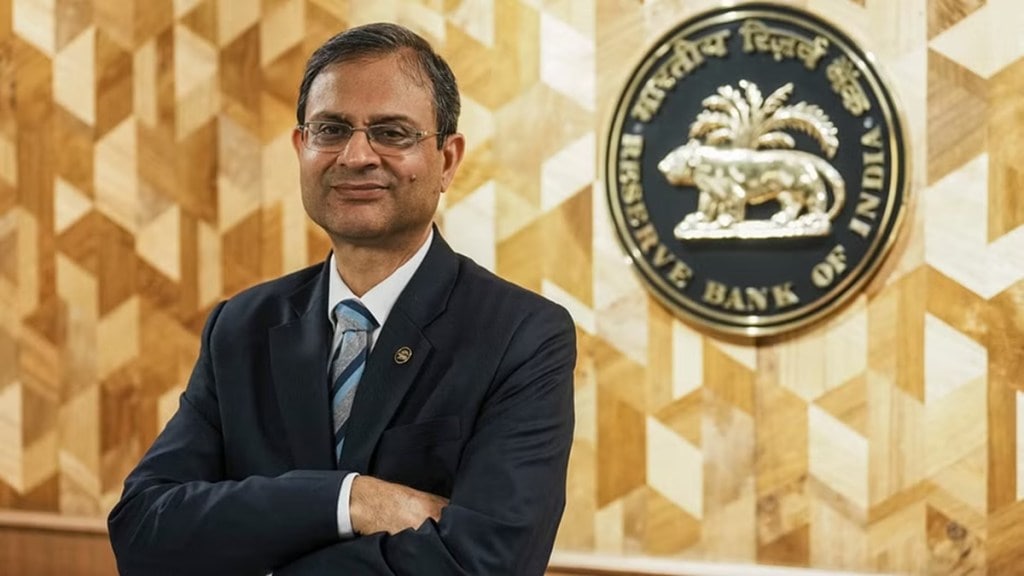By Christina Titus
The monetary policy transmission happened much faster this time compared to previous occasions, RBI governor Sanjay Malhotra said in the post-policy press conference, emphasising on faster pass-through.
“That’s why we have frontloaded some of our actions,” he said. “It is much faster than previous times. Normally, it takes six to nine months. It has only been four months from the first policy cut,” said Malhotra.
Providing data to support his point, Malhotra said the average deposit rates have declined by 27 basis points, while lending rates on outstanding credit have come down by 17 basis points since the February rate cut of 25 basis points.
“However, we need to do it faster, and that is why we have front-loaded some of our actions.” he added.
Even with a faster transmission in lending and deposit rates, Malhotra said the transmission to the broader economy will take time due to global uncertainties.
“Firstly, the demand for bond was higher than the supply. The fiscal consolidation and the muted supply of corporate bonds were driving to the lower supply and higher demand,” said Soumyajit Niyogi, director- India Ratings & Research. He added that the the expectation of liquidity infusion through OMO (open market operations), made the transmission in the bond market was much faster. RBI’s consistent liquidity measures helped bringing down lending and deposit rates.
“The comfortable liquidity surplus in the banking system has further reinforced transmission of policy repo rate cuts to short term rates. However, we are yet to see a perceptible transmission in the credit market segment, though we must keep in mind that it happens with some lag,” said Malhotra.
In order to infuse further liquidity, RBI has cut the cash reserve ratio by 100 bps to 3%. This will release about Rs 2.5 lakh crore to the banking system by December. The reduction in reserve ratio will bring down cost of funding of the banks, which will in turn help in policy transmission to the credit market, said Malhotra.
Malhotra iterated that monetary policy transmission will also depend on the macroeconomic conditions and the demand for credit. “It is ultimately the market forces.. we have to leave it to them. We cannot regulate that by saying provide credit or reduce rates.”

